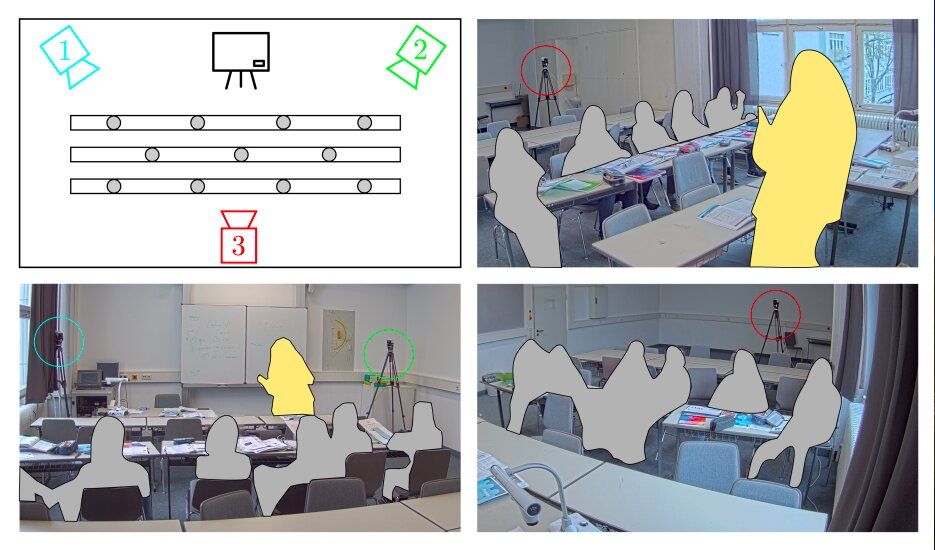Law enforcement agencies dismantled the infrastructure of Emotet, a notorious email-based Windows malware behind several botnet-driven spam campaigns.
Get the latest international news and world events from around the world.
New Docker Container Escape Bug Affects Microsoft Azure Functions
Researchers detail docker container escape bug affecting microsoft azure functions.


Simulating cities under pandemic conditions to make predictions about future outbreaks
An international team of researchers has used modeling techniques borrowed from chemistry applications to create a new kind of city simulator. In their paper published in the journal Proceedings of the Royal Society A, the group describes using their models to create simulations of of COVID-19 spread for two real-world cities: Birmingham England and Bogota Columbia.

Deep learning-based assessment of student engagement could aid classroom research
Past research has identified student engagement, or the extent to which students participate and are involved in classroom activities, as a crucial factor determining both the quality of education programs and the academic performance of individual students. As a result, many educators worldwide are actively trying to devise courses that maximize student engagement.

New Rocket Thruster Concept Exploits the Mechanism Behind Solar Flares
A new type of rocket thruster that could take humankind to Mars and beyond has been proposed by a physicist at the U.S. Department of Energy’s (DOE) Princeton Plasma Physics Laboratory (PPPL).
The device would apply magnetic fields to cause particles of plasma (link is external), electrically charged gas also known as the fourth state of matter, to shoot out the back of a rocket and, because of the conservation of momentum, propel the craft forward. Current space-proven plasma thrusters use electric fields to propel the particles.
The new concept would accelerate the particles using magnetic reconnection, a process found throughout the universe, including the surface of the sun, in which magnetic field lines converge, suddenly separate, and then join together again, producing lots of energy. Reconnection also occurs inside doughnut-shaped fusion (link is external) devices known as tokamaks (link is external).


Using artificial intelligence to predict which women will develop breast cancer
A team of researchers with members from institutions in the U.S., Sweden and Taiwan has developed an artificial intelligence system for predicting breast cancer years before tumors appear. In their paper published in the journal Science Translational Medicine, the group describes how they developed and trained their system and how well it worked when tested.

